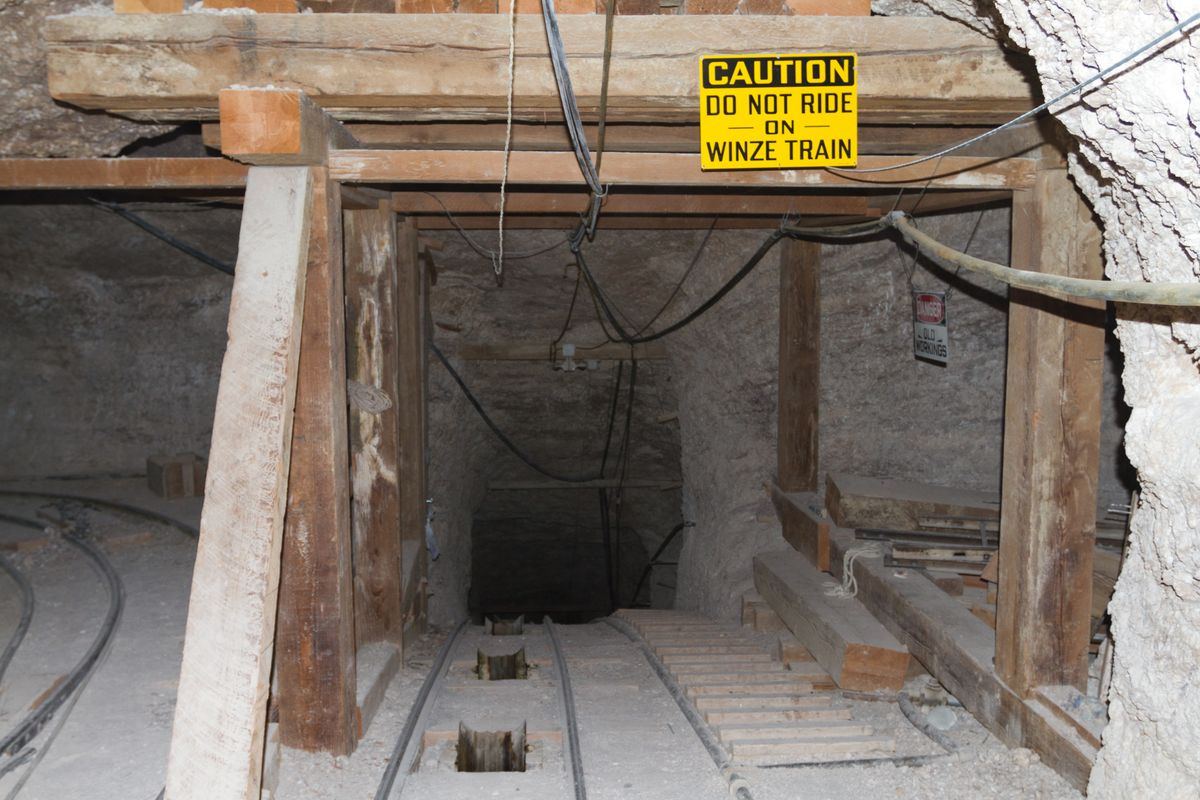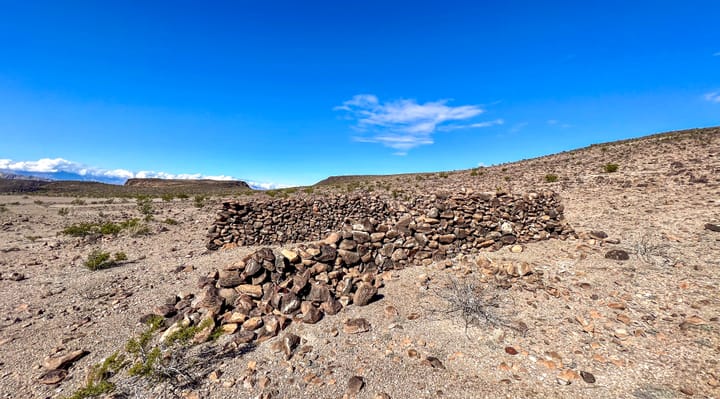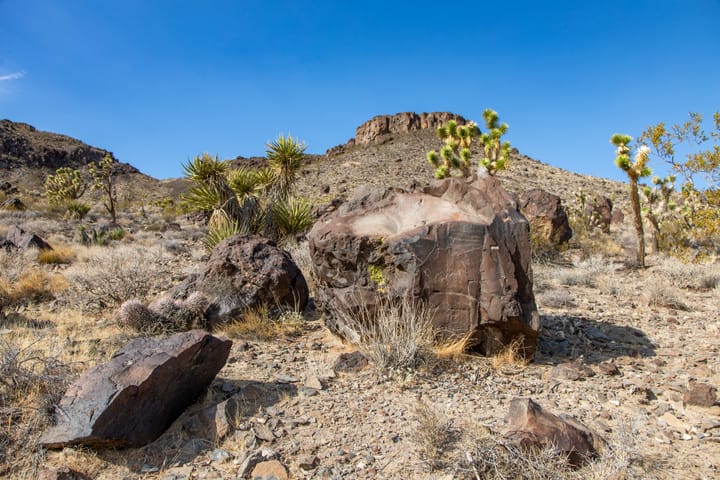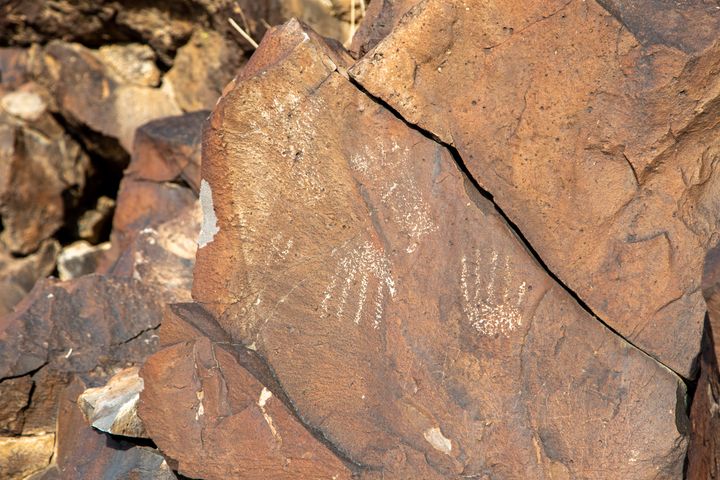Prospector Johnny Sheridan lived in a cave with skunks and chuckwallas while he roamed the southern end of the Resting Spring Range in 1922. He discovered borate deposits that year that would launch the Gerstley Mine, which in a short amount of time created a town and required its own railroad. Later, during the Cold War, the mine would even end up being used as a Civil Defense fallout shelter.
The mine is about six miles northeast of Shoshone in Inyo County. It is partly on private land and gated. Keys in hand, we visited over a decade ago. Buildings still stood and rails led into the portal. Inside the mine, we discovered an electric single drum hoist, along with slushers, air tanks, and other equipment. Some of the large stope rooms contained an amazing amount of cribbing supporting the roof, over 40 feet tall in places.
These days, the Gerstley Mine is mostly in ruins, its buildings removed and equipment destroyed. It's a cautionary tale about what happens when historic sites lack protection.
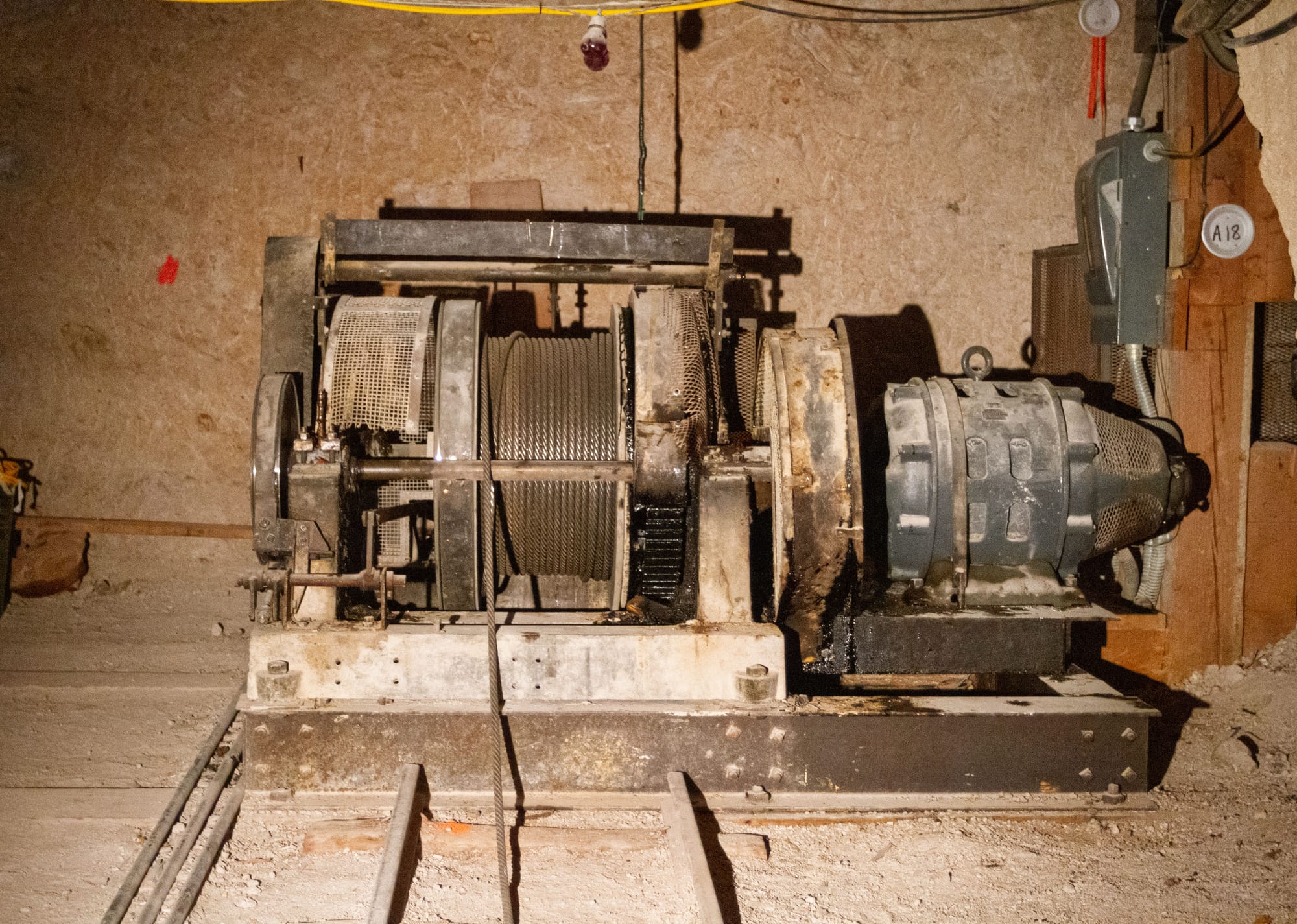
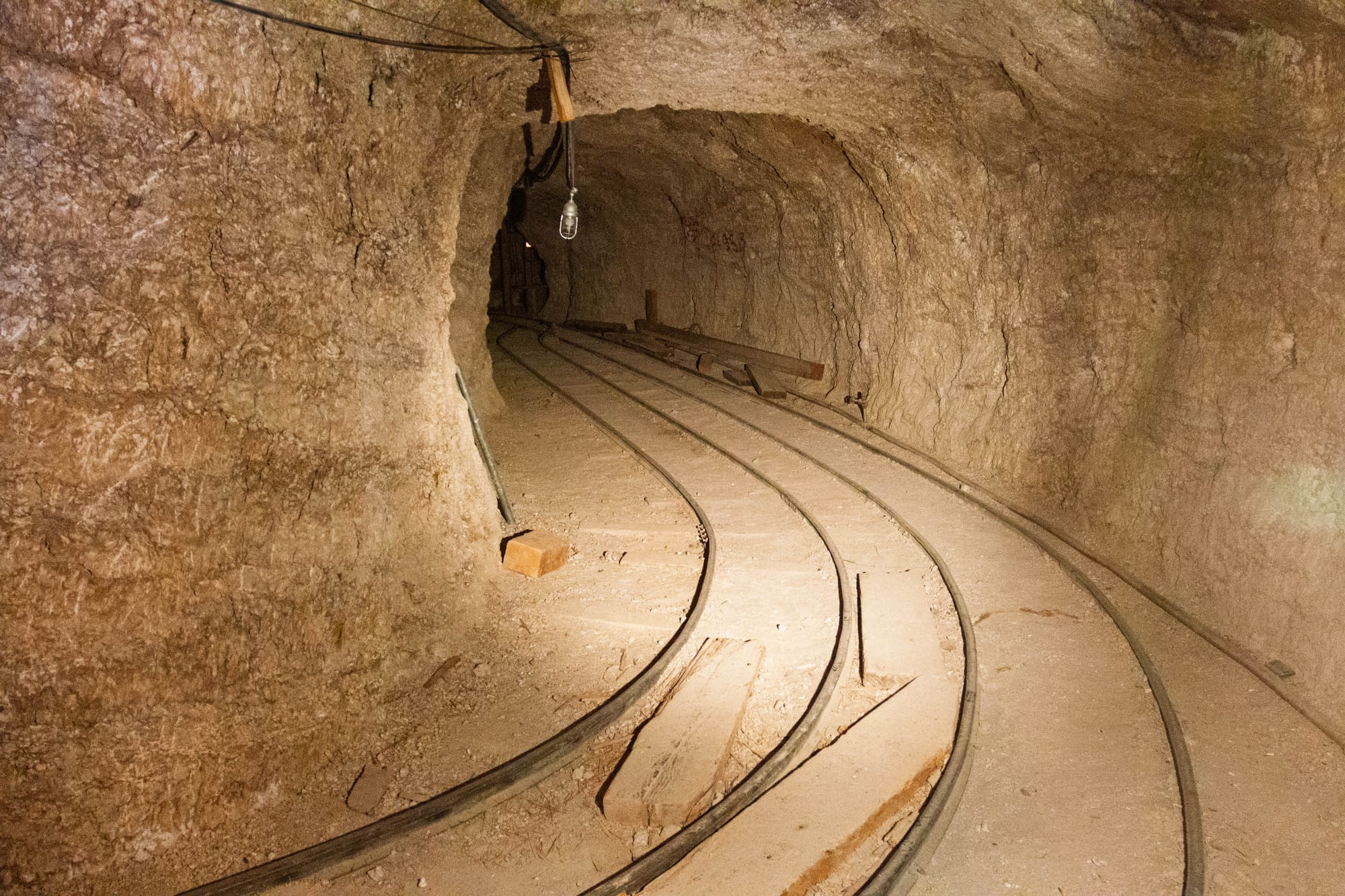
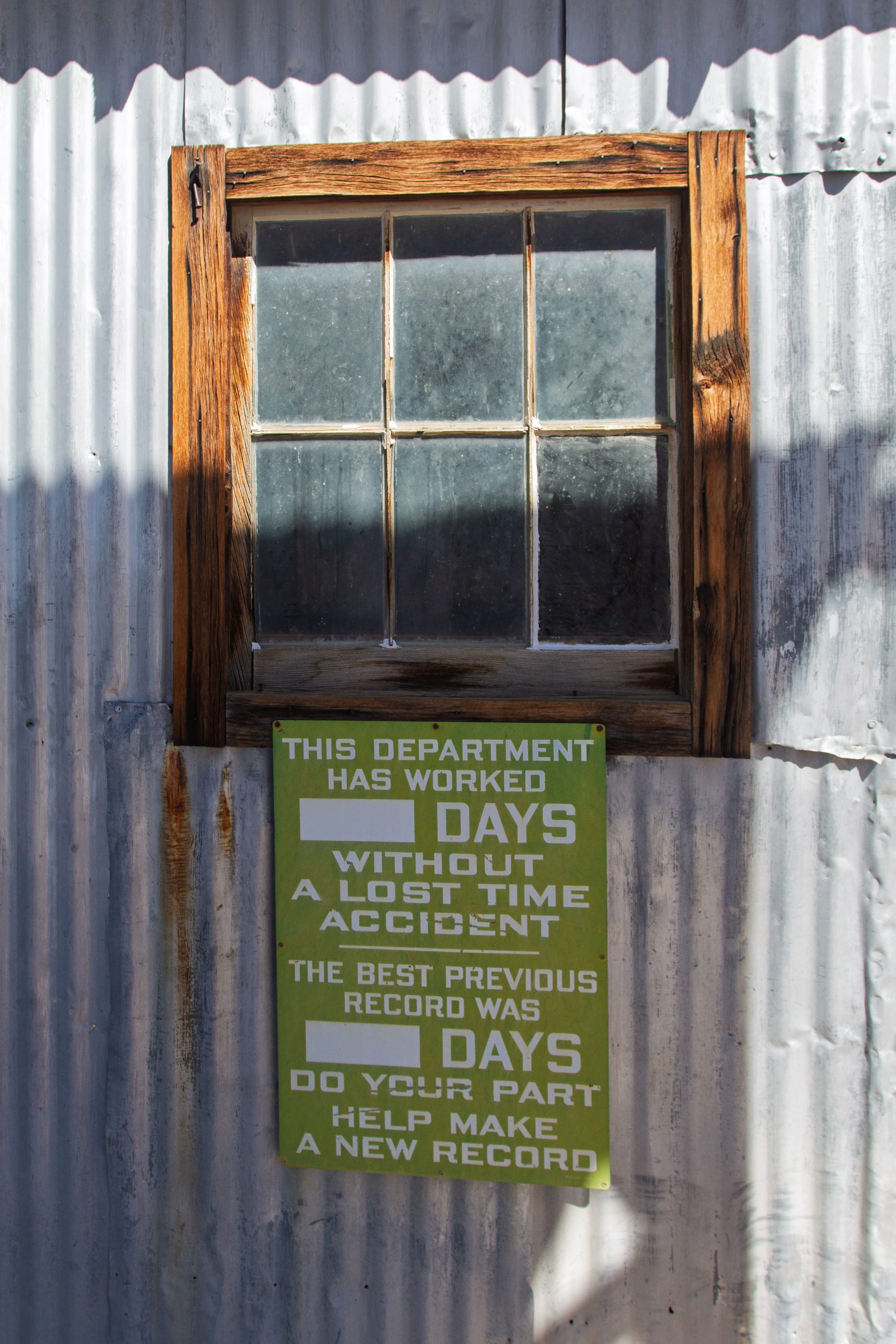
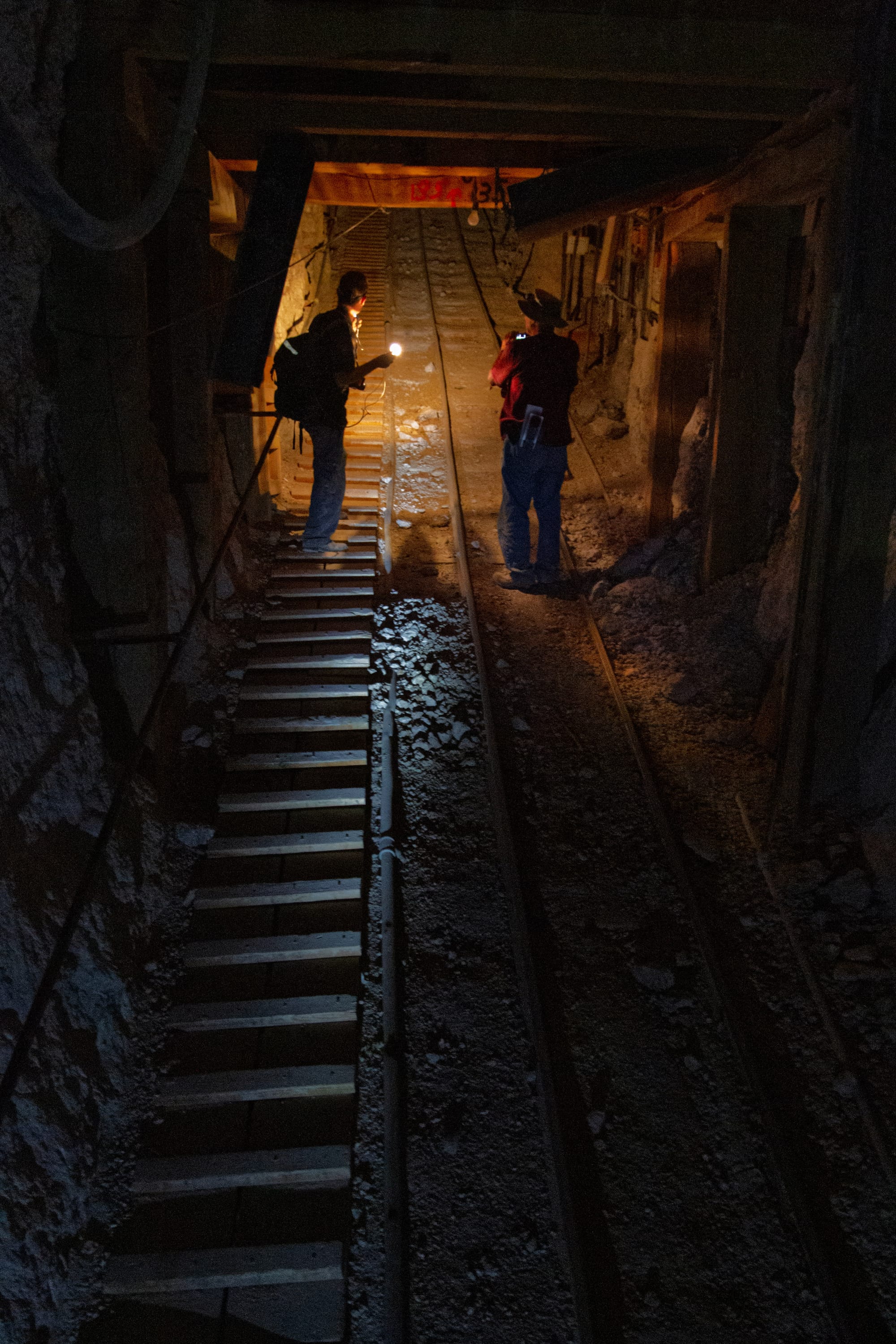
History
Sheridan sold his discovery to Clarence Rasor, a field engineer for the Pacific Coast Borax Company, and the company quickly developed what would become an important source of ulexite and colemanite. These minerals were used in everything from ceramic glazes to fire retardants. The deposit formed millions of years ago when ancient lake beds trapped and concentrated boron-rich waters in what geologists call a lacustrine borate deposit. These minerals accumulated in layers within the clay, mudstone, conglomerate, and shale that characterizes this part of the Resting Spring Range.
